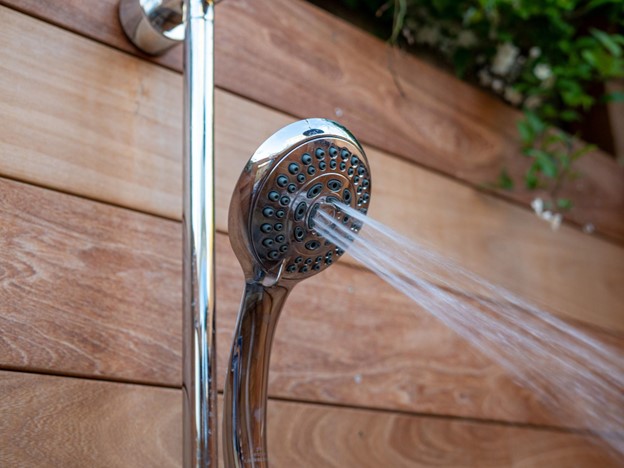Water is without doubt our earth’s most precious resource. While Australia is the driest inhabited continent, Canberra, its capital city, faces unique challenges when it comes to water management and conservation. As its population expands, and the climate changes, it’s becoming increasingly vital for residents to understand how to efficiently manage their water usage. This comprehensive guide aims to educate on the state of water usage in Canberra and present practical tips for residents to reduce water consumption. By doing so, residents can not only lower their water bills but also make a meaningful impact on the environment and future generations.
Understanding Water Usage in Canberra
Canberra’s residents consume an average of 155 litres of water per person daily, higher than the national target of 155 litres. This excessive water consumption is driven by various elements including outdated appliances, lack of water-saving knowledge, and inefficient irrigation techniques, all essential factors affecting Canberra’s water bills. When not managed, overconsumption exacerbates environmental issues such as soil erosion and water depletion.
In response to this growing concern, the Australian Capital Territory (ACT) government has implemented various measures to limit water usage, including water restrictions during times of drought and encouraging the use of water-efficient appliances through incentive programs.
Practical Tips for Lowering Daily Water Use
Simple adjustments to daily routines can make significant contributions to conserving water. Choosing water-efficient appliances is a crucial step. For instance, an efficient dishwasher can save up to 25 litres of water per wash. Additionally, a front-loading washing machine uses less water than a top-loading one.
In the garden, chasten your thirsty green thumb and consider xeriscaping – using drought-resistant plants and landscaping that require minimal water. Furthermore, adjusting the garden watering schedule can also maximise water usage efficiency.
Cleaning and washing activities are sometimes water-intensive, but there are ways to reduce consumption. Use a broom to sweep outdoor areas instead of hosing them down, and when washing clothes, ensure you’re using full loads to avoid unnecessary water usage.
Water-saving techniques extend to the kitchen too. Avoid letting the tap run unnecessarily while preparing food or washing dishes. Take shorter showers and consider installing a low-flow showerhead to save more water.
Maximising Water Efficiency with Technology
Technology, notably in the form of water-efficient appliances and devices, can also play a key role in reducing water usage. For example, smart water metres monitor water usage in real time and assist in identifying leaks, thus preventing water wastage.
Low-flow fixtures for taps and showers also help reduce water usage significantly. These tools function by limiting the water flow while maintaining the pressure, ensuring a comfortable yet more efficient use of water.
Another water-saving technology is a greywater system. These systems collect and treat water from showers, hand basins and washing machines for reuse in the garden or toilets. Similarly, rainwater collection tanks use the rain’s bounty for various household uses, further lowering the demand on mains supply.
Canberra’s Programs and Incentives for Water Conservation
The ACT Government and local water providers have numerous initiatives aimed at promoting water conservation. Rebate programs offer incentives for residents to switch to water-efficient appliances. Furthermore, various community programs work to raise awareness about the importance of efficient water usage.
Several guidelines and standards exist for residential buildings to ensure water efficiency. Complying with these standards aids in water conservation efforts and can often result in cost savings for residents.
Impact of Reduced Water Usage
Reducing individual water usage creates a ripple effect, contributing significantly to citywide conservation efforts. By making small changes in everyday activities as outlined in this guide, Canberra residents could save millions of litres of water a year.
The environmental benefits of reducing water usage are tangible – enhanced soil quality, prevented waterbody pollution, and preserved natural habitats. Furthermore, reduced water usage ensures a sustainable water supply for future generations – an integral aspect of responsible resource management.
In conclusion, water conservation is a shared responsibility that requires participation from every Canberra resident. Hopefully, this guide has provided useful insights into practical strategies and technology for reducing water usage. Remember, the benefits extend beyond environmental preservation. Control of your water usage can significantly reduce those pesky water bills. So, consider implementing these tips and contribute to making Canberra a water-wise city.

